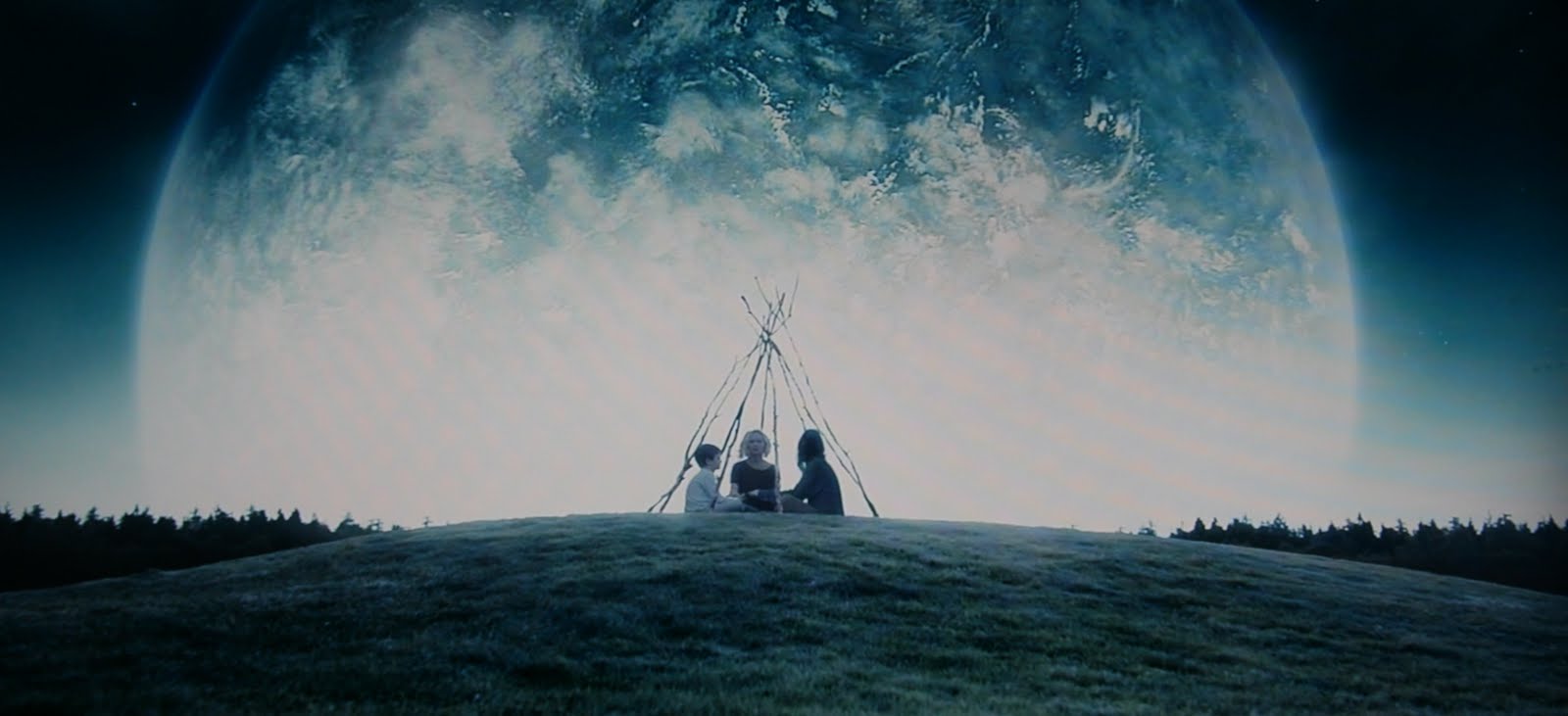
Artists have always been drawn to the interplay between light and dark, both literally and metaphorically. In order to represent a subject, knowing how to use light properly can be crucial. This is especially true to movies, where well-deployed lighting can be the difference between merely a good film and a great one. Films can manipulate one’s perception of light — normally something we have little control over — and use it to create a certain, calculated vibe.
When it comes to depicting a scene and the dramatic quandaries of the characters within that scene, lighting is the secret to either highlighting or obscuring its themes. In paying attention to how the film looks, we can gain more insight into how its protagonists are feeling in relation to one another.
Our top ten best lit films have all been chosen not only due to how well they are lit, but how its lighting contributes to the overall effect. Spanning many different genres, from noir to psychodrama to love stories, this list has been hand-picked as a great primer in how to use light effectively in film.
As films are such total works of art — taking in so many different art forms altogether — lighting can be overlooked in favour of camera movement, acting and script-writing. Nevertheless, the art of lighting is just as important. Today we celebrate the art of the gaffer and the director of photography in making these films the masterpieces that they are.
10. The Double Life of Veronique (Krzysztof Kieslowski, 1991)

One of cinema’s great humanists, Krzysztof Kieslowski seemed to know more about the human condition than any other director of his time. The Double Life Of Veronique is one of his best films, telling a story of immense grace that is deeply profound.
Starring the devastatingly good-looking Irène Jacob as both the Polish Weronika and the French Véronique, it tells a story about two different women who do not know each other but still manage to share a remarkable connection.
It is a story about dopplegängers, one woman who dies and the other who manages to feel it, thus altering her life in the process. The daring of the film is simple, showing the magic of life by doubling it. Yet it isn’t simplistically executed, the lighting of the film helping to elevate it into something truly majestic.
Krzysztof Kieslowski, in collaboration with cinematographer Sławomir Idziak, uses a variety of colour filters to give the movie an ethereal and hazy vibe. Nothing is made quite literal here, instead using the double narrative to create a tone-poem about what it truly means to be alive. Anchored by Irène Jacob’s best performance, The Double Life Of Veronique is the perfect example of how to use lighting to emphasise a film’s themes.
9. Ugetsu Monogatari (Kenji Mizoguchi, 1953)
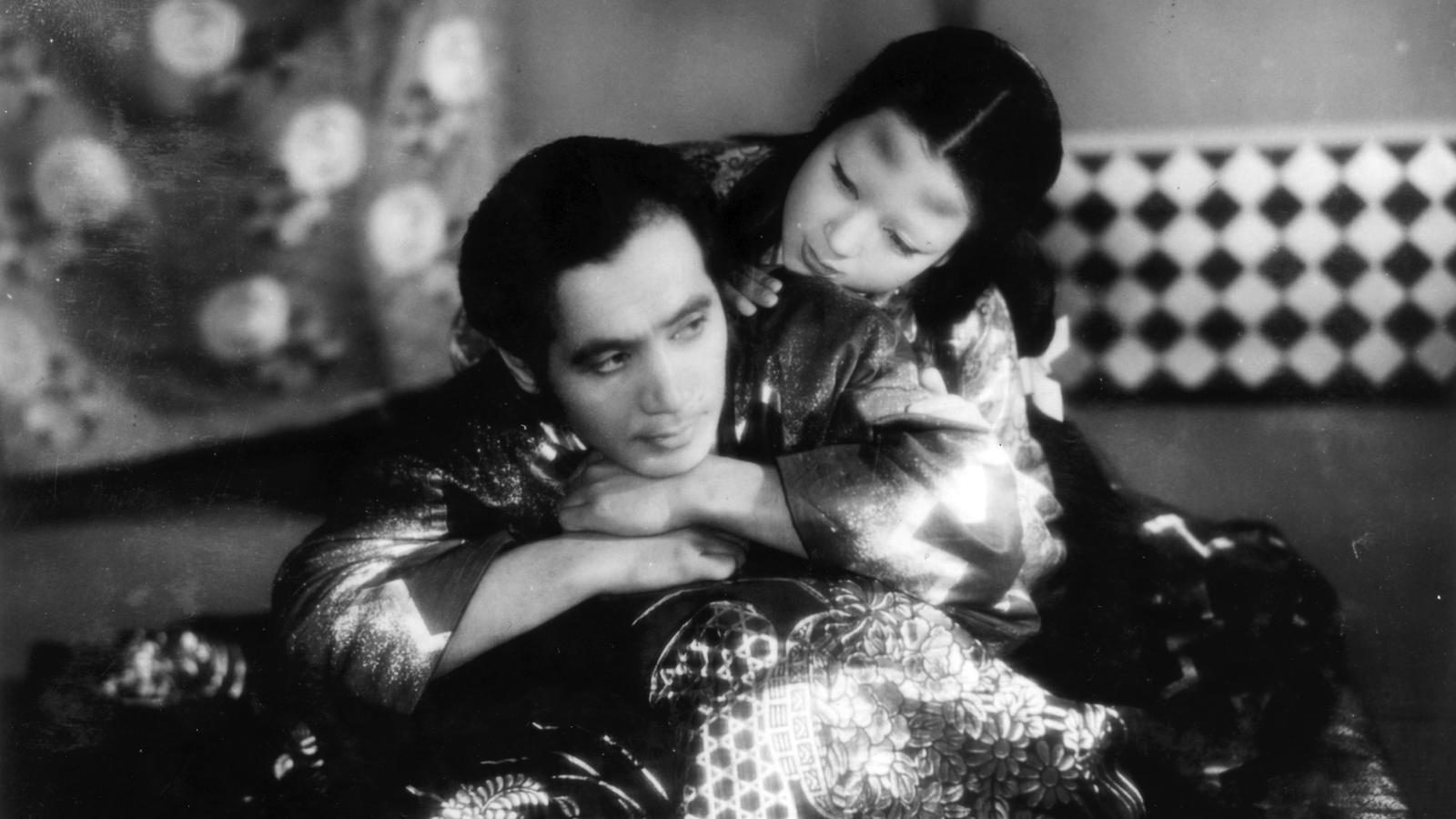
Ozu may have been the more affecting storyteller and Kurosawa brasher and more entertaining, but Mizoguchi gets the crown for having the most indelible mise-en-scène, complemented by camera movement that seems to float on forever. His best film is Ugetsu Monogatari, making use of excellent shadow and light-play to create a timeless tale of greed and brotherly conflict.
The film’s lighting pattern is strengthened by the use of mist and fog to create a haunting vibe. This makes perfect sense as we learn over the course of the movie that it is actually a ghost story.
The contrast between light and shadow, fog and clarity is used in a perfect way to reflect the different types of characters we have in the movie. While some are earthy and concerned with human pleasures, others can be characterised as otherworldly. The lighting here really brings this contrast to the fore, making it one of Japan’s finest exports of the 50s along with Rashomon and Tokyo Story.
8. Melancholia (Lars Von Trier, 2011)
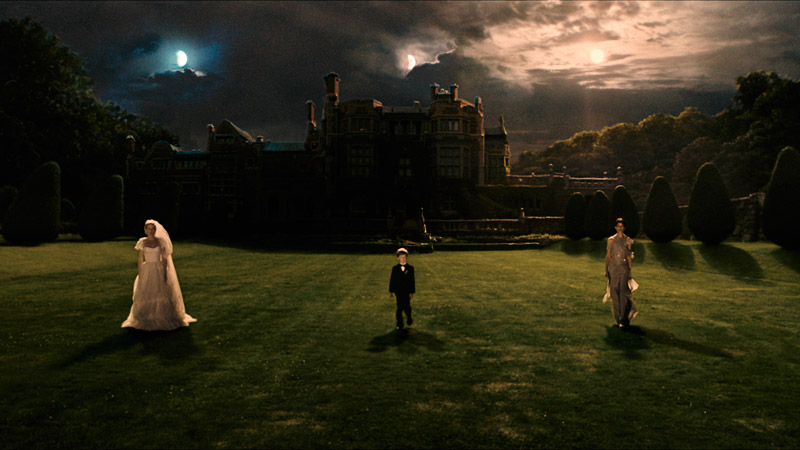
Lars Von Trier’s masterpiece, Melancholia is a film of uncommon depth — taking on the end of the world and turning into a thing of immense grace. Anchored by possibly Kirsten Dunst’s best performance, it is at turns disturbing, hilarious and ultimately uplifting in only the way that Lars Von Trier could do it.
There are only a few directors who use handheld camerawork well, and Von Trier, of the dogme 95 school, is definitely one of them, breaking out of its rigid confines to create his best film. The dull lighting of the handheld marriage party scenes is then contrasted with hyperrealistic tableaus that forces the viewer to stare at them for longer-than-expected time.
It is an example of how to contrast different styles of lighting and camerawork in order to draw the viewer in. What the film does so well is compare the personal with the metaphysical, showing how having a gloomy outlook on life actually prepares you best for the apocalypse.
For people with mental health problems, the film could actually be quite soothing. This is of course aided and abetted by two excellent performances courtesy of both Kirsten Dunst and Charlotte Gainsbourg.
7. Barry Lyndon (Stanley Kubrick, 1975)
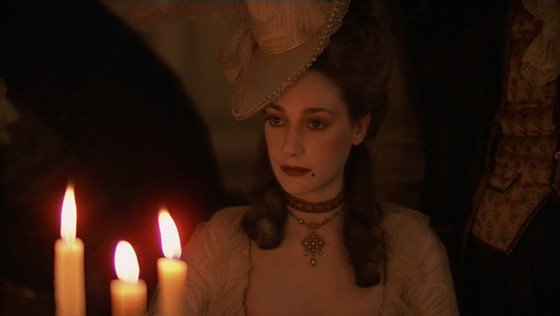
If Stanley Kubrick was a painter, one reckons he would be up there with Cézanne and Monet for the way he manipulates light to create his mise-en-scène. The making-of of Barry Lyndon is as legendary as the story that it tells. In order to shoot with only natural light, including the use of candlelight, Kubrick got ahold of Carl Zeiss Planar 50mm lenses — previously used by NASA to shoot the far side of the moon.
As a result, he creates one of the most striking and beautiful films to ever grace a movie screen. Adapting the novel by William Makepeace Thackeray, Kubrick updates the source material with his own austere vision, creating a movie of extremely cold and seemingly untouchable surfaces.
The use of light here perfectly complements the thoughts and feelings of its main character, Redmond Barry (Ryan O’Neal). A man with the same philosophical attitude to life no matter what seems to afflict him, or wherever he goes, he is lensed beside a world of remarkable beauty.
From the Irish scenery the film opens in to the elegant casinos that he patrons, Kubrick is always holding back and letting us observe. At once immersive and distancing, Barry Lyndon becomes a haunting masterwork that is impossible to forget.
6. The Third Man (Carol Reed, 1949)
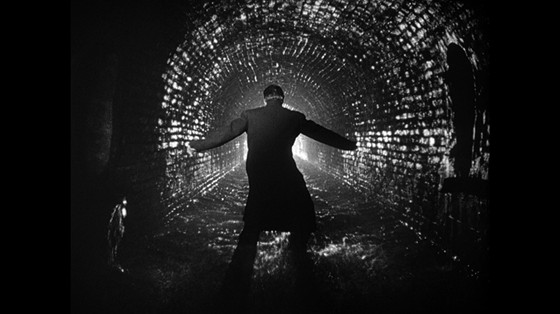
Along with Berlin, the Vienna that sprung up in the aftermath of the Second World War was home to a variety of warring factions, in the process making it a hotspot for illegal and unethical activities.
In the midst of all this is Holly Martins (Joseph Cotton), who moves to the city to meet his friend Harry (Orson Welles), who says he has a job for him. Next thing he knows, Harry is dead, and Holly must find out the truth, making sure not to get in the way of the English, the French or the Russians who make up the different parts of the city.
In depicting this milieu, Carol Reed utilised the power of light and shadow to create the greatest film noir of all time. It is a film of constantly shifting moral dimensions. This is something that is expressed greatly through the way Holly’s perception is always reflected by the lighting of the scene.
From the balloon that turns into the size of a house, to the glimmer of Harry’s face in the doorway, the size and dimension of people and objects changes greatly depending on the amount of light let into the scene. It is a clever trick that cements The Third Man as possibly the best British film ever made.